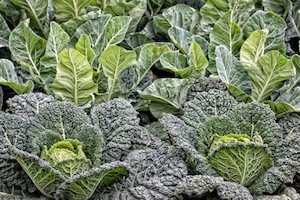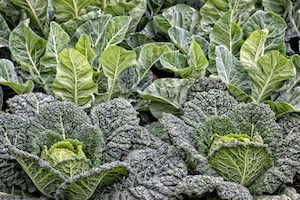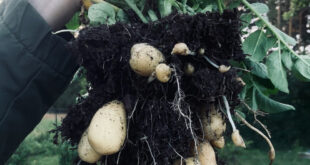 It always seems to come too soon, but daylight saving is about to end! This is a sure sign that autumn is almost upon us. Rather than lamenting the loss of summer – it’s high time to start thinking ahead for the new year’s fruit and vegetable harvest.
It always seems to come too soon, but daylight saving is about to end! This is a sure sign that autumn is almost upon us. Rather than lamenting the loss of summer – it’s high time to start thinking ahead for the new year’s fruit and vegetable harvest.
Whether you are a keen gardener or an enthusiastic amateur, here are some suggestions for things to do at this time of the year:
- Remove all vegetables and herbs that are no longer producing. Add them to your compost bin. It’s also time to dig your cured compost into garden beds, adding extra fertiliser if necessary.
- Seedlings to plant at this time of the year include winter lettuce, cabbages, cauliflower, carrots, broccoli, silverbeet, and spinach. Give these seedlings a good start by feeding them liquid fertiliser.
- A reader has two liquid fertiliser brews on the go at any one time. One is made from seaweed and other from horse manure. The seaweed soup is made by putting dried seaweed into a sack, crushing it into small pieces, then tipping it all into a 44 gallon drum which is filled with water. After brewing for six weeks or so, it turns into a lovely syrup which can be diluted and applied to fruit and vegetable plants. The horse manure brew is made by placing a sack full of fresh manure into a barrel and leaving it to stew, also for at least six weeks. It’s pretty strong stuff so be careful when applying. Our reader sprayed it over their strawberries and it gave them such a shock that they stopped fruiting for a while. Fortunately they fully recovered with extra strong and healthy growth. The horse brew is now being applied to their citrus trees after diluting 1 to 10.
- Now is also a good time to give a bit of attention to lawns; to either repair or lay a new lawn.
- Plant shrubs and trees from now on, to make sure they have had enough time to establish themselves ahead of the spring growth.
- If you are putting in a winter garden, try raised garden beds. Raising the soil helps drainage. Adding mulch will keep the plants warm.
- If you are not using some of your garden beds over winter, then use that time to enrich the soil. Sow lupins or mustard, or a mixture of the two (usually 3 parts lupin and 1 part mustard seed). Nitrogen fixing plants like lupin and mustard improve soil structure and fertility. Once dug into the soil, the broken down organic matter helps to create fantastic soil ready for the spring planting. Lupins are dug in once the plants reach about 50 cm and before they have flowered. Seeds are available at your local garden centre. They will also have available packets of a blended mix of nitrogen-fixing plants which is a practical way to go. Planting a nitrogen fixing crop is also a good way to keep the garden beds weed-free and the soil open and friable.
- A reader from Whangarei is digging shredded paper into their garden beds. They say, “It’s a great way to get rid of waste paper, and adds goodness into the garden.” Shredded paper or cardboard is also useful when adding brown material to compost. Compost works best when layered with equal amounts of green and brown waste. Green waste is high in nitrogen, such as vegetable and fruit scraps, coffee grounds, tea leaves and bags, grass clippings, as well as plants and flowers. Brown matter is high in carbon, such leaves, straw, shredded paper and cardboard, egg shells, and untreated sawdust. Turn the compost every few weeks or so to increase the air circulation, and add water if it starts to dry out.
- Low temperatures are also a sign that creepy critters will be looking for a warm place to live. One reader from Northland says they have been invaded by mice, who have taken a liking to the hot water cupboard. They have been catching these little blighters at a rate of 1 to 2 a day, and have started laying rat bait to make sure the mice are not followed by rats. Let us know if you have any suggestions on how to keep these pesky critters out of the house.
By Frank and Dr Muriel Newman.









Join the Discussion
Type out your comment here:
You must be logged in to post a comment.